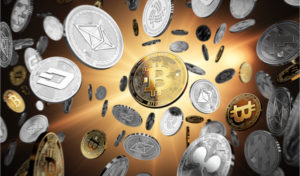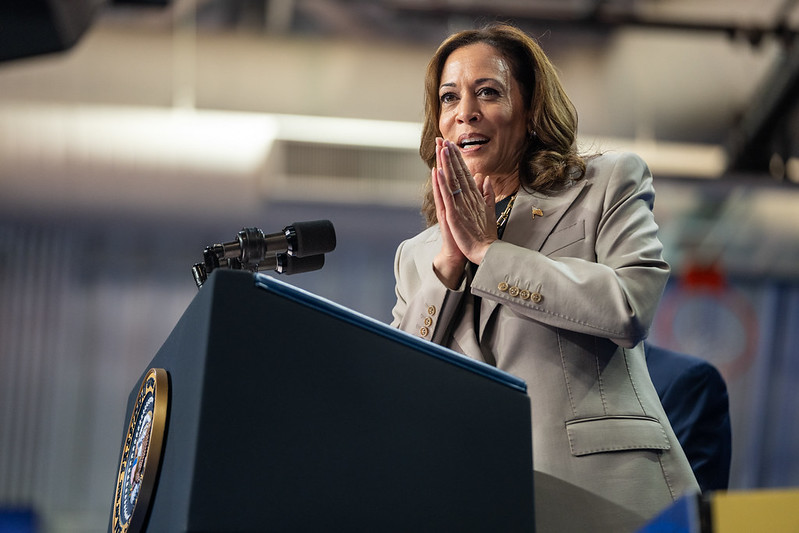
“Mr. Shlyapnikov has launched a cryptocurrency, the kolion, named after his hamlet some 80 miles southeast of Moscow, buoyed by an initial investment of a half-million dollars from investors in Russia and abroad,” writes Thomas Grove in the WSJ. It is an example of a crypto doing what it’s supposed to do: offer a trading network where money and trust are scarce.
Grove continues:
“Banks don’t want to lend to small farmers,” said Mr. Shlyapnikov. “So we created our own currency.” He said he wasn’t personally profiting, and appeared to live frugally.
The tactic is popular in a part of rural Russia where residents don’t have access to affordable credit. Russian banks have tried to raise penetration in small towns and villages, and Russia’s postal service opened a bank in 2016, hoping to fill the gap. But interest rates at most retail banks are often high at more than 10%.
Financial instability after the 1991 fall of the Soviet Union fueled flirtations with a variety of alternatives to traditional financial instruments that ended badly, including the vouchers Soviet factories issued to their workers and the giant MMM Ponzi scheme of the 1990s.
Cryptocurrencies have sparked new interest in the possibilities of working outside the Russian financial system and the volatile ruble, which lost half of its value in 2014 due to a drop in oil prices.
Read more here.



